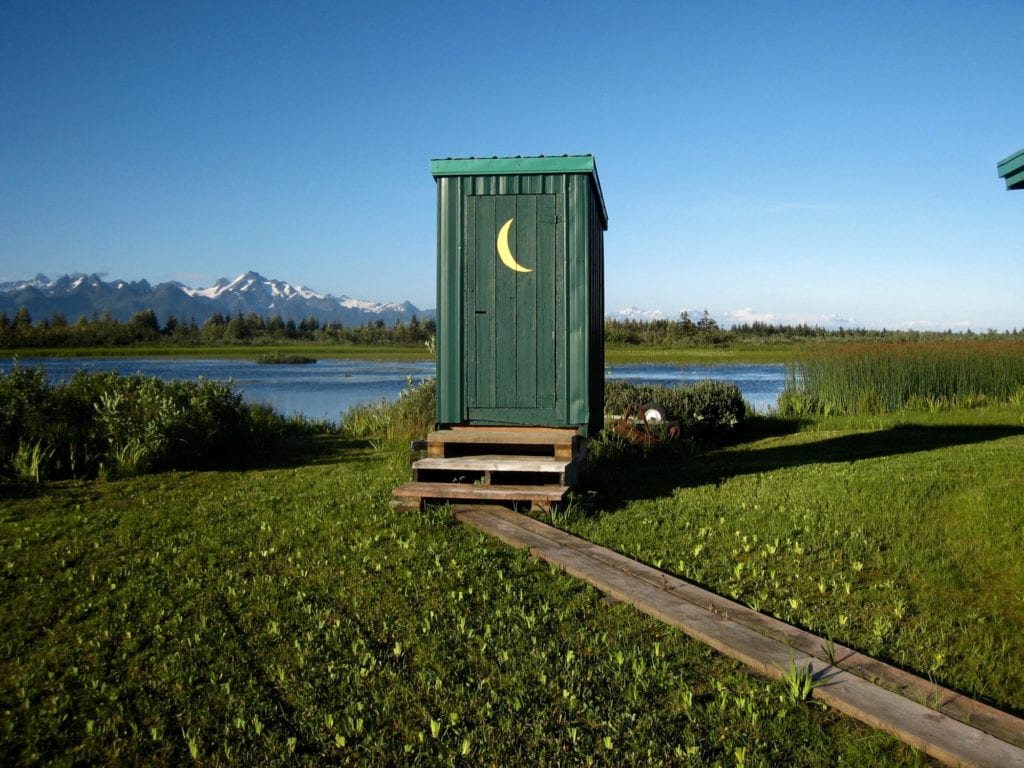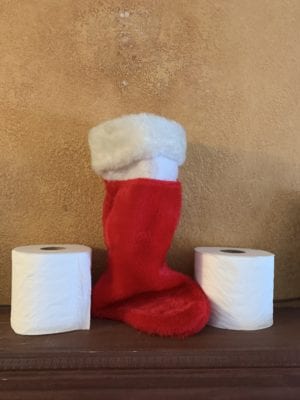
“An Oregon police department is dealing with an odd emergency of its own during the coronavirus outbreak,” reported Joshua Bote of USA Today on March 17. “Too many people are calling 911 because they’ve run out of toilet paper.”
The Newport Police Department reminded residents that there are more important issues.
“It’s hard to believe we even have to post this,” the department wrote on its Facebook page. “You will survive without our assistance.”
NPD even went so far as to suggest alternatives, including colonial-era America’s use of corn cobs, advising residents to be “resourceful” and “patient.”
Yippee. Most of us head to the bathroom because of impatience, and there aren’t too many vast corn fields that I know of in Alaska.
But TP, or lack of it, is big news. Empty shelves are evident everywhere, even right here in Cordova.
The March 1 edition of Anchorage Daily News ran a feature headlined “A brief history of toilet paper in Anchorage” that included this tidbit: “Toilet paper was indeed available in early Anchorage, albeit at a high cost. In 1916, Pilger’s General Store advertised three rolls for 25 cents, roughly equal to $6 today.”
The article noted “It would have been some of the worst, roughest toilet paper you’ve ever encountered,” adding “The technology to ensure splinter-free toilet paper did not exist until the 1930s.”
Hmm. Michael Heney wasn’t kidding when he talked about the toughness and dedication of his workers building the Copper River and Northwestern Railway beginning in 1907.

Just imagine a December trip to the outhouse through blowing snow in 50 mph winds at the site of the Million Dollar Bridge — only to be rewarded with splinters in you-know-where.
Ah TP.
The rolled-version dates back to the 1880s, with the first mass-produced version from Scott hitting stores in 1890. That same firm is still manufacturing toilet paper and has even studied how much households use. The answer may surprise you: One roll per every five days.
Of course, that likely depends on whether users are a one-ply or two-ply fans.
What did Americans use before rolled TP hit the market? Grass. Leaves. Newspapers. Catalog pages. Or whatever else was handy, including corncobs.
Today’s younger generation likely cannot remember Sears-Roebuck or Montgomery-Ward catalogs. For decades they were a staple in every household, for evidently more than one good reason.
Online retail has eliminated those multi-purpose 3-inch-thick monsters. Maybe Amazon should send a complimentary roll of TP with each of its orders.
TP even pops up in famous literature.
One of my favorite passages from Larry McMurtry’s Pulitzer Prize winning Western masterpiece “Lonesome Dove” is the famous request Augustus McCrae hollers to Woodrow Call as he heads to town for supplies, “be sure to pick up some of that fancy paper.”
Gus loved to rattle Call’s cage at every opportunity, but maybe by the 1880s the old pair of Texas Rangers turned cowpokes weren’t as tough as we thought they were.
Down at our duck cabin restroom, also known as an outhouse, we have two toilet paper dispensers, one of them your standard model, the other a huge spike nailed into a 2X4 on the wall.
I think Dad invented the second holder. He liked to have backups for everything, including outboard shear pins and Rainer beer.
Speaking of back-ups, in these days of unprecedented pandemic, we need backups for a lot more than TP.
We all need huge rolls of respect, caring, sacrifice, teamwork, hope, patience … and humor.





